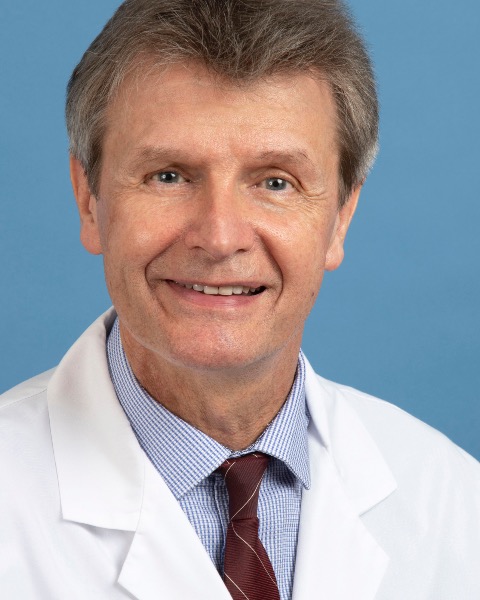Rapid Fire Abstracts
Early Results on the Safety of Stress Ferumoxytol-Enhanced Cardiac Magnetic Resonance Imaging (RF_FR_293)
- AP
Arutyun Pogosyan, MD
Staff Research Associate
David Geffen School of Medicine at UCLA and VA Greater Los Angeles Healthcare System - AP
Arutyun Pogosyan, MD
Staff Research Associate
David Geffen School of Medicine at UCLA and VA Greater Los Angeles Healthcare System - MK
Mary J. Keushkerian, BSc
Research Assistant
David Geffen School of Medicine at UCLA and VA Greater Los Angeles Healthcare System - ZM
Zhengyang Ming, BSc
B.S.
University of California, Los Angeles - MM
Mostafa Mahmoudi, PhD
Postdoctoral Scholar
David Geffen School of Medicine at UCLA and VA Greater Los Angeles Healthcare System - MS
Myung S. Sim, PhD
Adjunct Professor
University of California, Los Angeles - YL
Yuxin Li, MD
Nuclear Medicine Physician
VA Greater Los Angeles Healthcare System 
J. Paul Finn, MD
Professor
University of California, Los Angeles
Kim-Lien Nguyen, MD
Associate Professor of Cardiovascular Medicine and Radiology
David Geffen School of Medicine at UCLA and VA Greater Los Angeles Healthcare System
Presenting Author(s)
Primary Author(s)
Co-Author(s)
Methods:
All participants underwent T1 MOLLI stress FE-CMR using a clinical 3T scanner. Ferumoxytol, diluted tenfold in 0.9% sodium chloride, was administered in cumulative doses to 3.0 or 4.0 mg/kg across three increments: 0.125 (Dose 1), 2.0 (Dose 2), and 3.0 or 4.0 mg/kg (Dose 3). After the final cumulative dose of ferumoxytol, regadenoson 0.4 mg was administered intravenously to induce stress. Blood pressure and heart rate (HR) were recorded at pre-contrast, 4 minutes after each ferumoxytol dose, pre-stress, peak stress (90 seconds after regadenoson), and at 1-, 2-, and 4-minutes post peak stress. Adverse events (AEs) were monitored by assessing the onset of new symptoms and were classified according to the Common Terminology Criteria for Adverse Events v5.04.
Results:
Sixty-five participants (healthy: n = 25, 30.4 ± 8.8 years; IHD: n = 40, 66.4 ± 10.5 years) completed stress FE-CMR without severe AEs. Five individuals had mild, self-limiting symptoms, including back pain, pruritus, nasal congestion, and sneezing. One study in a 79-year-old male patient was terminated early due to moderate hypotension and mild neck pruritus. A linear mixed-effects model was used to evaluate the effects of ferumoxytol and regadenoson on mean arterial pressure (MAP) and HR. Dose, time, and patient were treated as random effects; whereas, hemodynamic changes were modeled as fixed effects. MAP increased after Dose 3 compared to pre-contrast, rising from 85.9 to 88.6 mm Hg (P < 0.01, Fig. 1). MAP decreased from pre-stress (89.5 ± 13.5 mm Hg) to peak stress (86.2 ± 13.8 mm Hg) and at 1-, 2-, and 4-minutes post-peak stress (84.3 ± 15.3, 83.3 ± 12.0, 86.6 ± 14.1 mm Hg, respectively; all P < 0.05, Fig. 1). No significant HR changes were observed after ferumoxytol, whereas HR increases post-regadenoson were significant as expected (all P < 0.01, Fig. 2).
Conclusion:
Regadenoson stress FE-CMR is well-tolerated. Although some statistically significant trends were observed, the hemodynamic changes resulting from the combined effect of ferumoxytol and regadenoson were of small magnitude and felt not to be clinically significant.

